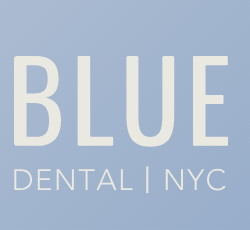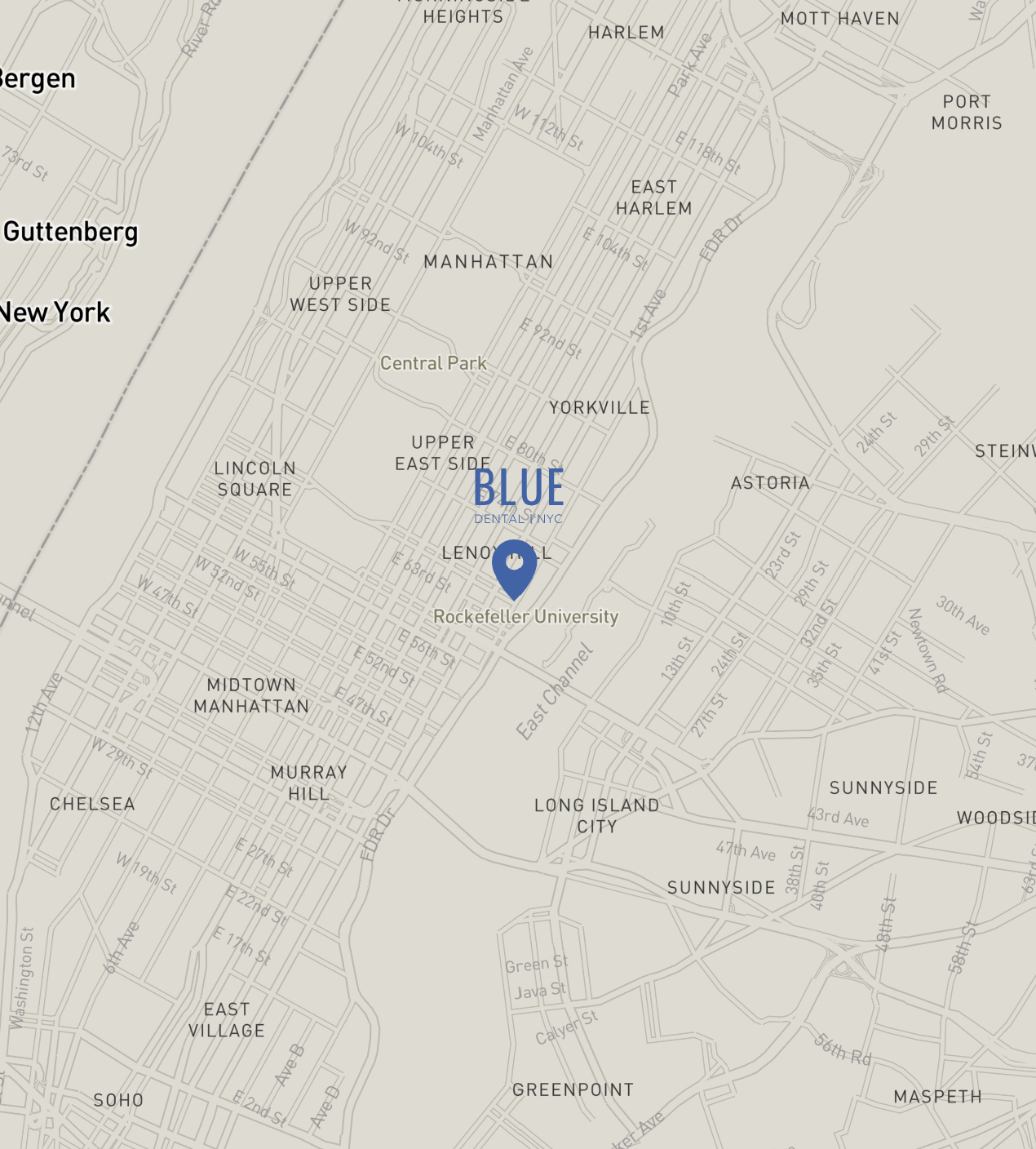Crowded Teeth (Overlapping Teeth) on the Upper East Side, Manhattan
Why Choose Dr. Min for Crowding
- Columbia-trained prosthodontist focused on healthy alignment, bite comfort, and smile esthetics.
- Award-winning precision and military-honed discipline—expect meticulous records and calm, clear communication.
- Comprehensive options in one place: clear aligners/braces, interproximal reduction (IPR), expansion strategies, and restorative finishing.
- Digital diagnostics (photos, scans, low-dose X-rays/CBCT when indicated) and occlusion-focused finishing for a stable result.
What Is “Crowded Teeth”?
Crowding occurs when there isn’t enough arch space for all teeth to sit in ideal positions—teeth rotate, overlap, or flare. Crowding traps plaque, makes flossing harder, and can accelerate wear or gum issues.
Why Crowding Happens
- Tooth–jaw size mismatch (large teeth, narrow arches)
- Early loss/late loss of baby teeth that misguides eruption
- Untreated crowding persisting from youth, or relapse after orthodontics without retainers
- Habits/bite factors that limit arch development
Signs & Everyday Concerns
- Overlapping or twisted front teeth
- Food impaction and floss that shreds or catches
- Difficult hygiene → higher cavity/gingivitis risk between teeth
- Uneven wear, chipping edges, or jaw strain
- Self-conscious smile in photos
Treatment Options We Provide/Coordinate
To Move Teeth (Biologic, Reversible)
- Clear aligners or braces to de-rotate and align crowded teeth
- IPR (tiny enamel polishing) to create millimeters of space safely where needed
- Arch development/limited expansion (case-dependent)
- Extractions only when clearly indicated for severe crowding or profile harmony
- TADs (mini-implants) for precise anchorage in complex adult cases
- Retention plan (clear or bonded retainers) to keep results stable
Restorative/Esthetic Support (When Indicated)
- Edge recontouring or bonding to refine shape after alignment
- Onlays/veneers/crowns to rebuild worn teeth once the bite is corrected
(Note: Veneers alone don’t fix true crowding—they enhance esthetics after alignment.)
Health & Maintenance
- Professional cleaning and hygiene coaching to reduce cavity/gum risk during tooth movement
- Night guard for heavy clenchers once alignment is complete
The Process at a Glance
1) Exam & Records
Photos, digital scans, bite analysis, and imaging; map rotations, arch width, and space needs.
2) Custom Plan
Aligners vs braces; scope of IPR/expansion; whether extractions are beneficial; timelines and fees.
3) Active Correction
Tooth movement with planned space creation; periodic checks or aligner changes; hygiene support.
4) Finish & Protect
Detailing for smooth contacts, esthetic refinements, and retainers delivered with a wear schedule.
5) Maintain
Periodic reviews; night guard if you clench; replacement retainers as needed.
Timeline & Comfort
- Typical alignment: 6–18 months (severity and biology vary).
- Mild tenderness after adjustments or new aligners is common and short-lived.
Adults vs. Teens
- Teens: growth guidance makes expansion and alignment efficient; excellent window to prevent long-term issues.
- Adults: most crowding can be corrected with aligners/braces ± IPR; severe cases may benefit from extractions or TADs for ideal stability.
Cost & Insurance
- Transparent, itemized estimates with phased options.
- Many PPO plans include orthodontic benefits (best for teens; adult coverage varies).
- We verify benefits and file claims; flexible payment plans available.
At-Home Care During Treatment
- Brush 2x/day with fluoride toothpaste; floss daily (threaders/water flosser with braces).
- Wear aligners 20–22 hours/day if chosen; follow elastic instructions if prescribed.
- Bring retainers to follow-ups after treatment; replace promptly if lost or cracked.
Frequently Asked Questions
Can clear aligners fix severe crowding?
Often yes, especially with planned IPR and attachments. Extremely tight cases may benefit from extractions or TADs for best esthetics and stability.
Will my teeth stay straight?
With a personalized
retainer plan and routine checks, yes. Without retention, relapse is common.
Is IPR safe?
In trained hands, IPR removes tiny amounts of enamel (often fractions of a millimeter) within safe limits to gain space—then the surfaces are polished and fluoridated.
Do I need extractions?
Only when space requirements or facial balance indicate it. We prefer non-extraction approaches when they deliver a stable, esthetic result.
About Dr. Daniel Min
BA, University of Texas at Austin
DDS, University of Texas (American Esthetic Dental Association award; “Student of the Year” in clinical performance)
MS in Prosthodontics, Columbia University; former part-time clinical professor
U.S. Army veteran; current Army Reserve officer
Member: Academy of Prosthodontics; International Congress of Oral Implantologists
Service Area
Conveniently located on the Upper East Side and serving patients throughout Manhattan and the greater New York City area.
Call to Action
Ready to straighten crowded teeth and keep them that way?
Book a crowding consultation with Dr. Daniel Min to compare aligners, braces, IPR, and advanced options for a healthy, confident smile.

